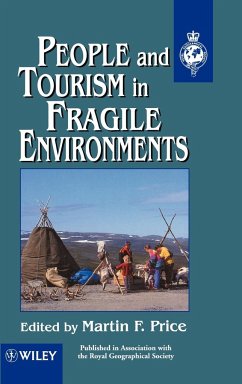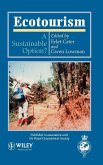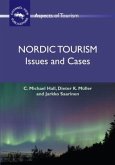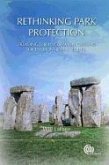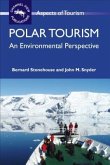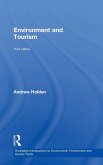Mountains, deserts, savannahs and the polar regions are fragile both in their ecologies and the cultures of their inhabitants. These fragile environments are characterised by a marked seasonality, and many human activities are limited to clearly defined times of the year. Environmental impacts arise not only from traditional economic activities, but also from tourism which has recently grown rapidly in many of these environments around the world. This trend is welcomed by the tourism industry but viewed with apprehension by many organisations concerned with protecting the human and natural systems of fragile environments. While tourism can provide new sources of revenue and help stem depopulation, it can also destabilise communities, making them dependent on external sources of money and endangering long-established traditions and ways of life. People and Tourism in Fragile Environments discusses many of these delicate interactions by presenting detailed case studies from five continents. The contributors write from a wide and well-balanced range of perspectives, including anthropology, geography, recreation, national park management, environmental consulting and the tourism industry. The common theme is clear: that tourism must always be seen in the long-term context of the communities with which it interacts. This book is an essential contribution to the literature of tourism and sustainable development and will be widely read by students of tourism, travel and tourism professionals, and anyone involved in related fields of sustainable development and fragile environments.
Hinweis: Dieser Artikel kann nur an eine deutsche Lieferadresse ausgeliefert werden.
Hinweis: Dieser Artikel kann nur an eine deutsche Lieferadresse ausgeliefert werden.

